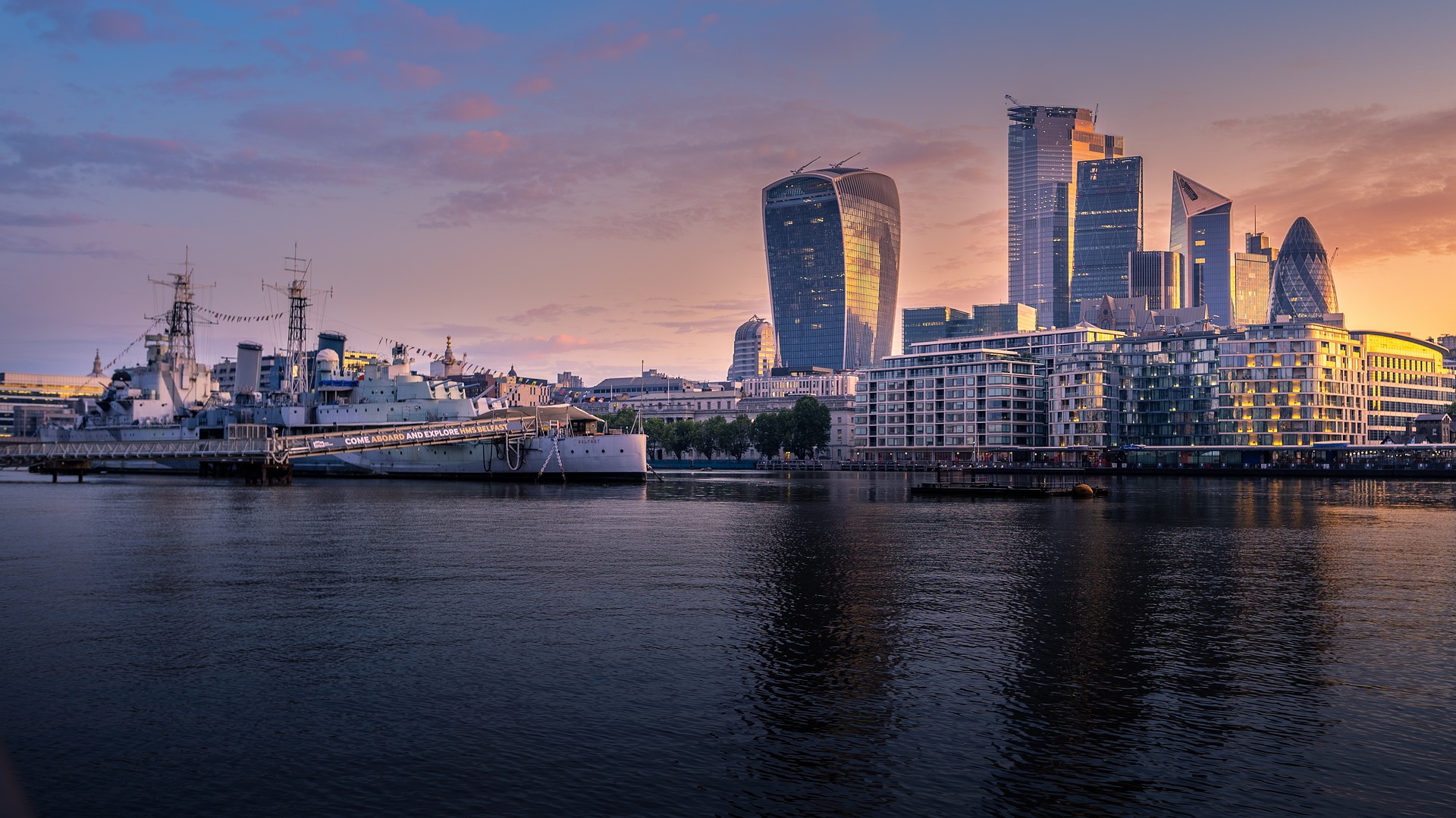England: Plan to transform vacant City of London offices into 1,500 homes
Offices and other buildings within London’s Square Mile left vacant due to the coronavirus pandemic could be repurposed into 1,500 new homes by 2030 under plans unveiled by the City of London Corporation.

In a new report which calls for the area to adapt to post-pandemic economic and social trends, the Corporation said it will work with the property industry to enable and promote sustainable, flexible and adaptable buildings, including exploring new ways to use vacant space.
The Square Mile: Future City, produced by the City Corporation’s Recovery Taskforce in partnership with Oliver Wyman, sets out a vision for the next five years with detailed actions to enhance the City’s competitiveness and attractiveness.
The Recovery Taskforce’s mission is to ensure the Square Mile is the world’s most innovative, inclusive and sustainable business ecosystem as well as an attractive place to work, live, learn and visit.
The report focuses on three key dimensions of the City’s offer: fostering an innovative ecosystem for businesses and talent; ensuring a vibrant offer that engages workers, visitors, learners and residents; and delivering outstanding environments that support people and businesses with sustainable buildings, high quality streets and public spaces.
The report commits the City Corporation to a number of activities to deliver this vision, including:
World class business ecosystem
- Working with private sector partners to provide workspace, advice, digital skills, access to networks and capital. The City Corporation will curate an ecosystem of high-potential tech-led businesses. It will introduce them to City networks that can help them establish and grow. We will work with technology sectors not traditionally located in the Square Mile to help them access this ecosystem.
- Ensuring the City is a global testbed for data-driven technologies. The City will also facilitate data-sharing that can be used by data-driven businesses to test solutions. The data-sharing pilot for the London Data Commission (now Data for London) is one such example.
- A newly rebranded Small Business Research and Enterprise Centre – replacing the existing City Business Library – will open its doors to start-ups and SMEs on 10 May. It will support the creation and growth of sustainable businesses in the City, London and the UK by providing access to essential data and advice.
Vibrant offer
- Enabling the City’s cultural and creative industries. This may include low-cost, long-term lets for creatives in empty and low-use spaces.
- Exploring opportunities to enable and animate the City’s weekend and night-time offer. Bold programming of major events may include traffic-free Saturdays or Sundays in summer, or an all-night cultural celebration.
- A five-year marketing campaign will promote the City as an inclusive, exciting place to be. A programme of weekday events will also support physical and mental wellbeing among the City’s workforce and promote diversity and belonging.
Outstanding environments
- Working with the property industry to enable and promote sustainable, flexible and adaptable buildings. The City Corporation will explore new ways to use vacant space and aim for at least 1,500 new residential units by 2030.
- Working with providers and operators to future-proof the City’s communications, energy and transport infrastructure. A pilot with Cornerstone, the UK’s leading mobile infrastructure services provider, will be held along Queen Victoria Street to demonstrate that mobile infrastructure can support the requirements of the four licensed mobile network operators. Cornerstone is the exclusive partner to the City of London Corporation for the deployment of small cell and rooftop infrastructure. If successful, there will be a City-wide deployment that will deliver 5G coverage across the Square Mile by the end of 2022. Support will also be given to develop renewable energy, heat networks and smart grid infrastructure to enable the transition to net zero.
- Collaborating with public, private and academic partners to enhance data collection and analysis and to pilot and scale innovative solutions. This will include sharing data and knowledge of working patterns, travel behaviours and the use of streets and public spaces.
- Providing new and improved public spaces that include opportunities for culture and exercise. Accelerate plans to improve the experience of walking, cycling and spending time on the City’s streets.
Lord Mayor of the City of London, William Russell, said: “Hope is now on the horizon as our economy starts to reopen bringing a semblance of normality to life in the City.
“This report sets out how we can leverage this momentum and build back better. The Square Mile’s future is bright and we will rise to the challenge of adapting to the new normal that emerges after the pandemic.”
Policy chair at the City of London Corporation, Catherine McGuinness, added: “We have been listening to businesses of all sizes in the City to understand how the pandemic has affected their ways of working and their needs going forward. Firms have told us that they remain committed to retaining a central London hub but how they operate will inevitably change to reflect post-pandemic trends, such as hybrid and flexible working.
“The Square Mile must evolve in order to provide an ecosystem that remains attractive to workers, visitors, learners and residents. This will involve encouraging growth, fostering talent from all backgrounds, providing a vibrant leisure offer and offering outstanding environments.
“Inclusion, innovation and sustainability should be at the core of the future City. We remain confident that the Square Mile will return to its usual buzz and vibrancy by building on these pillars.”













